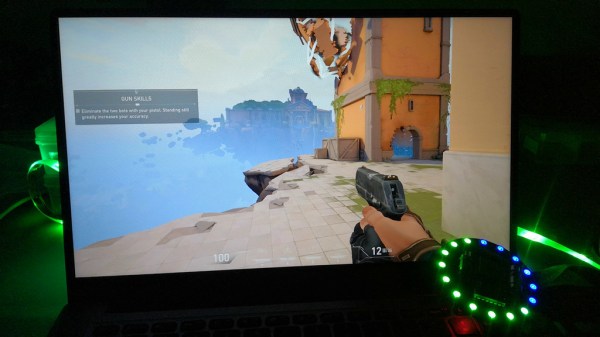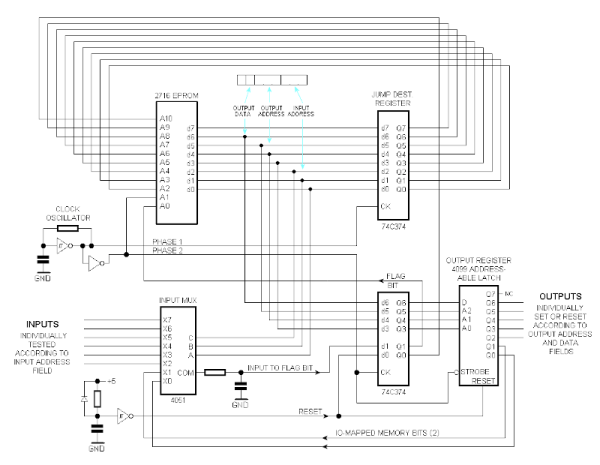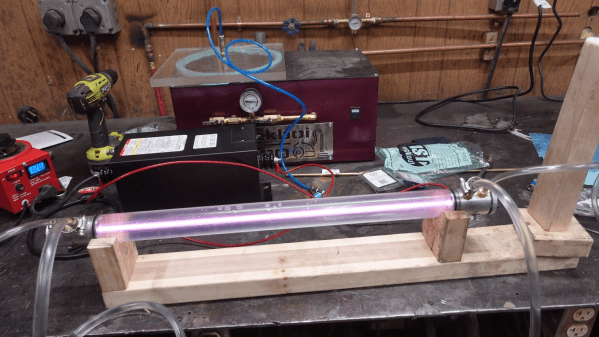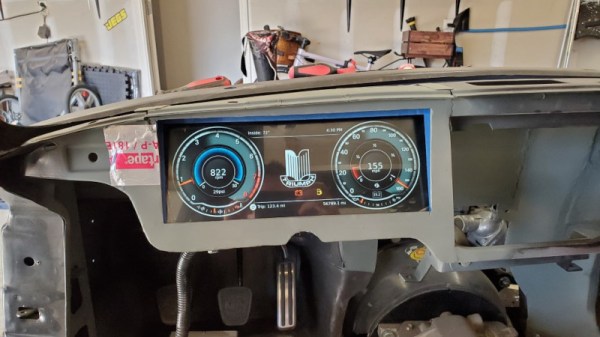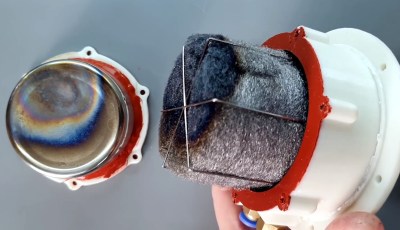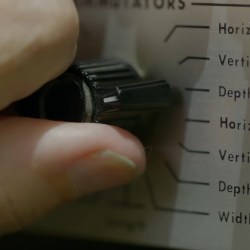PC gamers consider their platform superior for the sheer processing power that can be brought to bear, as well as the inherent customisability of their rigs. Where they’re let down perhaps is in the typical keyboard and mouse interface, which tends to eschew fancy features such as haptic feedback which have long been standard on consoles. Aiming to rectify this, [Neutrino-1] put together a fancy haptic feedback system for FPS games.
The hack is quite elegant, using a Python app to scrape the GUI of FPS games for a health readout. The health numbers are gleaned using OpenCV to do optical character recognition, and the resulting data is sent to an ESP12E microcontroller over a USB serial connection. The ESP12E then controls a series of Neopixel LEDs and vibration motors, providing color and haptic feedback in response to the user’s health bar changing in game.
Using image recognition allows the system to be quickly reconfigured to work with different games, without the mess of having to learn different APIs for every different title. It’s a really fun way to quickly get a project interfacing with a piece of software that we’d love to see more of in future. It makes a nice complement to other hacks we’ve seen in this space, like the gaming mouse with recoil feedback. Video after the break.
Continue reading “Haptic Feedback For FPS Games Relies On OpenCV”

